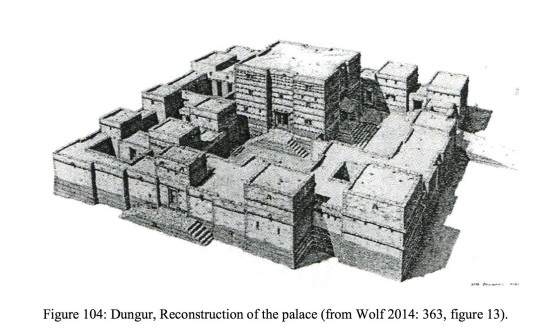#dungur palace
Note
Hi there! I read your post about Egypt and Cleopatra, and now I am really curious about the African Kingdoms you mentioned and was wondering if you could tell us more about them please, they sound really interesting.
Oh, there's SO much I could tell you, and there's so many African kingdoms that have been woefully understudied--and many more aside from the ones I mentioned. They all have their own rich histories, cultures, political intrigue, and it's an actual tragedy that they aren't discussed more. I'm still researching myself, so I'll just review some of my favorite things from each kingdom.
Aksumite/Axumite Empire: Located in modern-day Ethiopia, this empire existed from the 1st to 8th century CE, though its prime was from the 3rd to 6th centuries CE. The Axumites converted to Christianity of their own free will over 1,000 years before colonialism and as a result have ancient churches, some made of stone and carved from the earth itself. They also were the first African kingdom to mint their own coins, and their capital city of Axum had, at its peak, 20,000 people living in it. Also, I love the Dungur palace. Here's a reconstruction of what it looked like:

LOOK AT IT.
Source: x
Kongo: Located in central Africa around modern-day Angola and the Democratic Republic of the Congo from the fourteenth to the twentieth centuries. This kingdom had a rich social hierarchy, apparently had ambassadors to Europe, and some people practiced Catholicism, which led to their own branch of Christianity led by a woman named Beatriz Kimpa Vita in the 1600s who believed she had visions that informed her Jesus actually came from Kongo. Yeah.
Sources: x, x
Loango: A neighbor of Kongo, but one we know much less about due to Kongo having a long, well-documented history of interacting with Europe (see: the ambassadors), and Loango... does not. But we do know they also had a rich social hierarchy, and we have this map of their capital city.

Sources: x, x
Great Zimbabwe: From 1100- 1500, located in modern-day Zimbabwe, this was a city of the Zimbabwe empire that was either used for storing grain or as a royal residence. Either way, the ruins of said city look like this:


Here's a reconstruction:
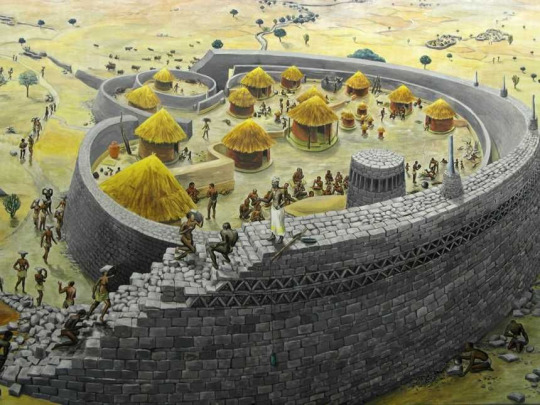
Sources: x, x, x, x
Ghana/Mali/Songhai: These were three successive empires from West Africa, with Ghana being the first from the 7th to 13th centuries, Mali being the second from the 13th to 16th centuries, and Songhai being the last one from the 15th to 16th centuries. If you learn about a non-Egyptian African civilization at all in school, chances are it's the Ghana empire and its successive empires, and they're most famous for gold, Timbuktu (with its ancient mosques, library, and university), and Mansa Musa.

Sources: x, x, x, x, x
Ashanti/Asante Empire: Located in modern day Ghana, this kingdom lasted from the eighteenth century to the twentieth century. This kingdom is most well-known for its role in the slave trade. The Ashanti had well-built roads and architecture, and a little fun tidbit about them is that, after the introduction of guns, they actually had a minor firearms industry.
Here's their capital, Kumasi:
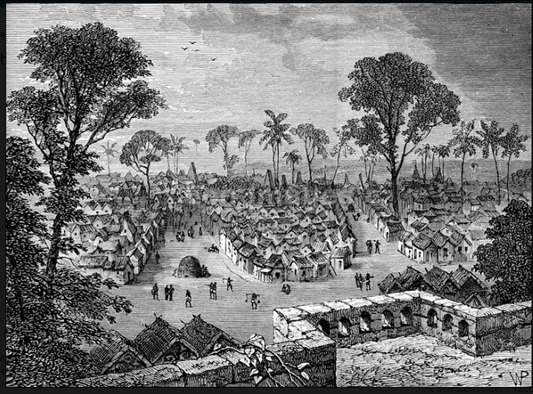
Source: x, x
Swahili Coastline: The coastline was made up of MANY city-states that saw their prime in the 11th to 15th centuries--including Mombasa, Zanzibar, and Kilwa--that participated in the Indian Ocean trade route, and pottery from as far away as China has been found in these cities. Many of these cities also practiced Islam and had their own mosques. Kilwa is my personal favorite:
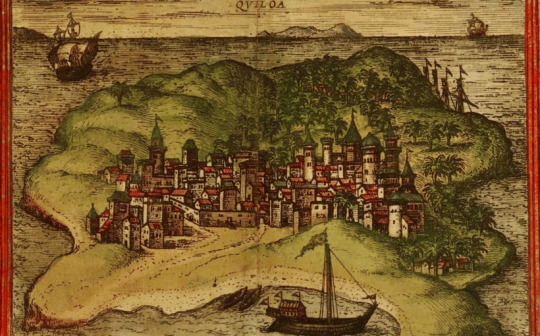
These cities were built of stone, but Kilwa's palace, in particular, was built of coral. Its architecture led to the city being described by Ibn Battuta as one of the most beautiful in the world, which is part of why it's so fascinating to me.
Source: x, x
Of course, this barely scratches the surface. There are many more kingdoms all over the continent and a variety from ancient and pre-medieval times that deserve much more love.

And this image doesn't even cover them all!
So yes, ancient and medieval Africa deserve much more love, more research and more hype, and hopefully one day soon they'll get just that.
67 notes
·
View notes
Photo
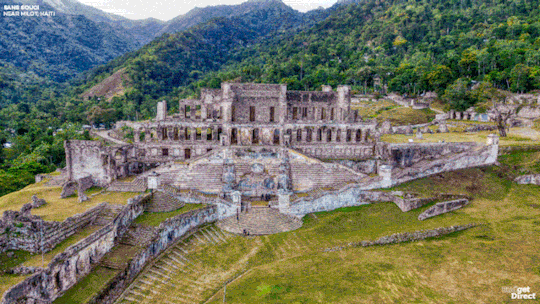
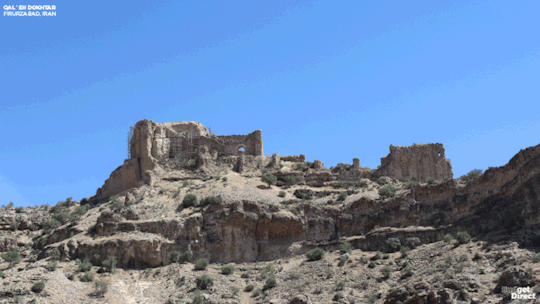

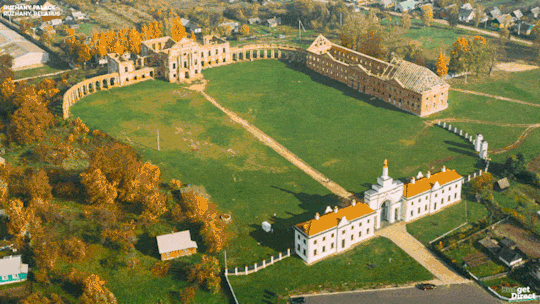
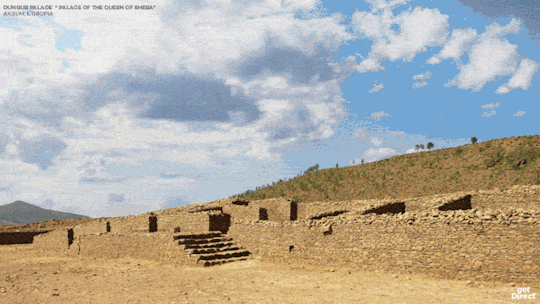

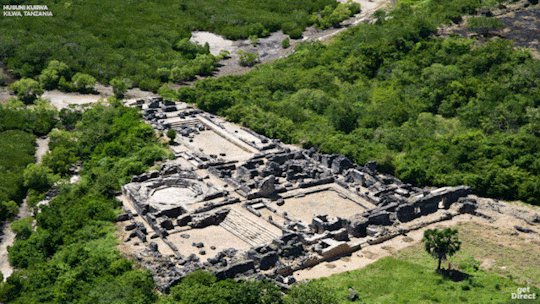
7 Ruined Palaces Around the World, Reconstructed!
Sans Souci, Haiti,
Called the ‘Versailles of the Caribbean’, the palace’s majestic steps and terraces are an impressive monument to Haitian independence.
Qal’eh Dokhtar, Iran,
Qal’eh Dokhar was built by Ardašīr I as a “barrier fortress” during his 3rd century founding of the Sasanian Empire in Iran. The fortress’s third floor housed his royal residence but was eventually supplanted by a greater palace he built nearby. Qal’eh Dokhtar boasts perhaps the earliest example of an Iranian chartaq—a square of four arches supporting a dome—which became an important feature of traditional Iranian architecture.
Knossos Palace, Greece,
The oldest palace on this list by two millennia, Knossos, was constructed circa 1700 BC. In addition to its political function, it also was designed as an economic and religious centre for the mysterious Minoan civilization. Knossos was destroyed circa 1375 BC—surviving invasion, fire, and earthquake nearly a century longer than similar Minoan complexes.
Ruzhany Palace, Belarus,
The Sapieha family—power-brokers of the Polish-Lithuanian Commonwealth—built Ruzhany Palace in the late 1700s over the site of their earlier castle. In its heyday, Ruzhany’s famed theatre employed 100 performers. The palace also possessed a famous library and picture collection.
Dungur Palace / “Palace of the Queen of Sheba,” Ethiopia,
Dungur Palace is in the Ethiopian village of Aksum—once the bustling capital of an African empire that stretched from southern Egypt to Yemen. The 6th-century mansion contains approximately 50 rooms, including a bathing area, kitchen, and (possible) throne room.
Clarendon Palace, UK,
Despite the composition of a very significant English legal document within its halls, this 12th-century palace is nearly forgotten. The ‘Constitutions of Clarendon’ were Henry II’s attempt to gain legal authority over church clerks, but he instead exacerbated a feud with his friend Thomas à Becket. This feud eventually led to Archbishop Beckett’s martyrdom. Henry III expanded the palace, commissioning a carved fireplace and stained glass chapel. By the 1400s, Clarendon was a sprawling royal complex. It remained a favourite retreat of monarchs until the Tudor era, when the high cost of upkeep resulted in its rapid decline. Today, only a single wall remains above ground.
Husuni Kubwa, Tanzania,
The island of Kilwa Kisiwani was one of the most important sultanates in the “Swahili Coast’ trade network, linking East Africa to the Arabic world. For over 300 years, gold and ivory passed out of its ports, while Chinese silk and porcelain flowed in. The 14th-century palace at Husuni Kubwa is just one of many coral stone ruins that dot the island.
Husuni Kubwa was built by Sultan al-Hasan ibn Sulaiman. It had over 100 rooms, an octagonal swimming pool, and a staging area for loading goods onto ships. Husuni Kubwa, along with other elite Kilwa dwellings, was also equipped with indoor plumbing.
Created by: Budget Direct in collaboration with: Neomam Studios
#art#design#architecture#palace#palacegif#animated gif#tanzania#husuni kubwa#budgetdirect#neomanstudio#ruined#san souci#haiti#clarendon palace#united kingdom#luxurylifestyle#style#history#belarus#knossospalace#greece#dungur palace#ethiopia#ruzhani palace#iran#qal'eh dokhar#royal#royalpalace
485 notes
·
View notes
Text
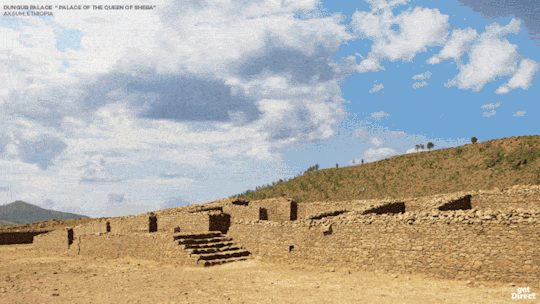
Dungur Palace / “Palace of the Queen of Sheba”. Ethiopia
Dungur Palace is in the Ethiopian village of Aksum—once the bustling capital of an African empire that stretched from southern Egypt to Yemen. The 6th-century mansion contains approximately 50 rooms, including a bathing area, kitchen, and (possible) throne room.
0 notes
Photo

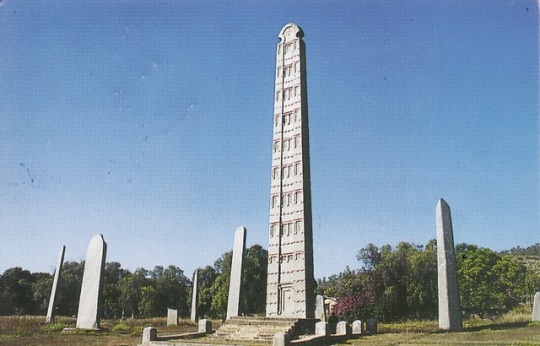

This week I will be visiting Axum, Ethiopia. It has a population of 56,500 and is the original capital of the Kingdom of Aksum.
First I will visit the Old Church of St. Mary of Zion, an old church built for Emperor Haile Selassie in 1665, now rumored to hold the Ark of the Covenant. Although the Ark is in the Chapel, only one person is allowed to see it, a holy monk who is not allowed to leave the churchyard ever and must care and preserve the Ark for his whole life.
Second, I will visit the Obelisk of Axum, which was built in the 4th century, is 79 feet tall, and weighs 160 tons. It was a marker for a burial of an old ruler. It has false doors and false windows around it.
The last place I will visit is 5th century palace Dungur, also known as Palace of the Queen of Sheba. It was a 2 story stone mansion,with ladders to the second floor. It was surrounded by pillars.
0 notes
Note
if you could redo the courts aesthetics and inspirations what would you pick for each one? for example i’d have loved it if at least one court was desi inspired or latinx inspired.
First, I'd make Prythian a continent in its own right rather than an island so that the different courts being wildly different cultures would make since. As for what country's/culture's aesthetic I'd use for each individual court:
Spring Court: France.
Autumn Court: Japan! Look up pictures of Japan during autumn and tell me that's not beautiful.
Summer Court: Based off of either ancient or medieval Ethiopia, actually. (look up the Gondar castles and reconstructions of the dungur palace)
Winter Court: Canada (specifically inspired by the Inuit)
Dawn Court: India, India by farrrrr I feel like India just screams the Dawn Court for me.
Day Court: Costa Rica!
Night Court: modern day 'merica. The Night Court doesn't get to be special.
Again, this is assuming I get to change everything about the courts since book 1 the only canon book tbh doesn't define what powers or aesthetic or culture every court has yet.
#i'm picturing san francisco for velaris. if sarah wanted acotar to be urban fantasy she should've commited to it from book 1#not do a medieval fantasy bait and switch from the medival spring court to the urban night court. booooo#but if she wants this series to be urban fantasy/paranormal then thats how the night courts gonna be. and YES i AM bitter#ask#anon#acotar#a court of thorns and roses
19 notes
·
View notes
